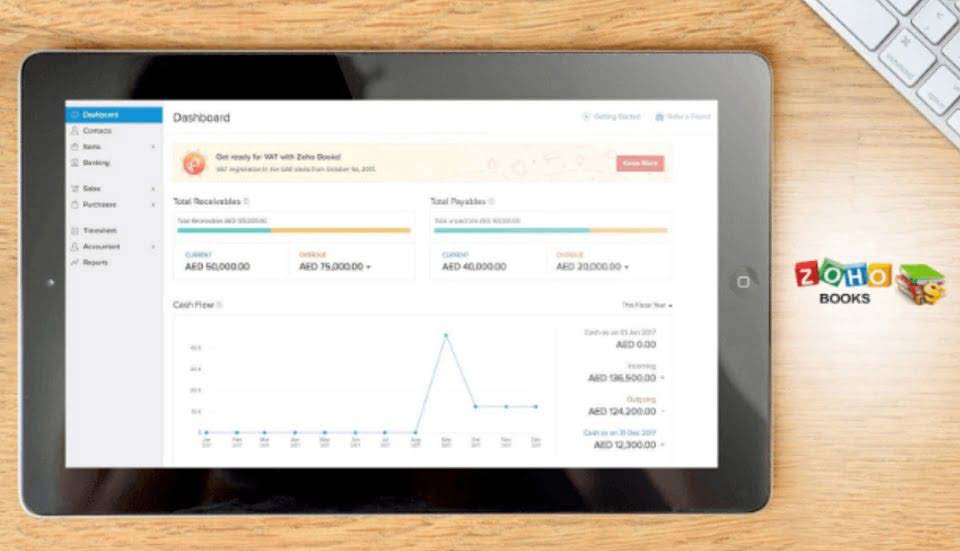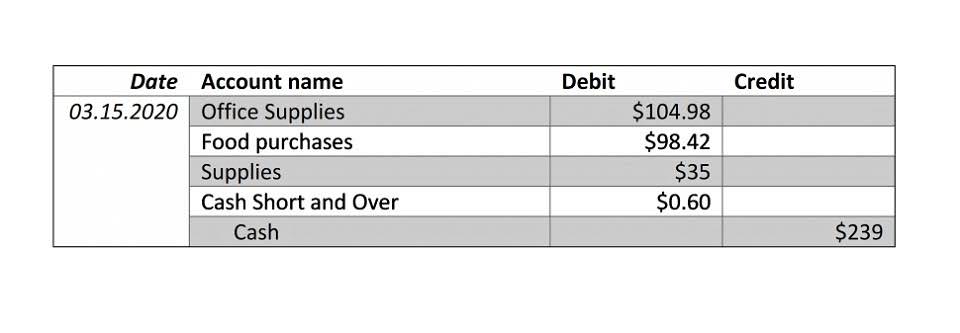
Likewise, we can make the journal entry for the cost of goods sold and the reduction of the inventory by debiting the cost of goods sold account and crediting the inventory account. It helps record the transaction involving the sale of goods on credit by the company appropriately, keeping track of every credit sale involved. Sellers benefit from an increased ability to sell more expensive items as consumers no longer need to make large upfront payments, while buyers benefit from being able to purchase products now and pay later. BEV prices declined across the most popular models, contributing to the rise in third-quarter sales. The average transaction price for BEVs dropped 5% during the third quarter to $50,283, bringing the price 24% lower than at the price peak in the second quarter of 2022.
What is a Credit Sales Journal Entry and How to Record It?
The sales journal is used to record sales on account (meaning sales on credit or credit sale). Selling on credit always requires a debit to Accounts Receivable and a credit to Sales. Because every credit sales transaction is recorded in the same way, recording all of those transactions in one place simplifies the accounting process. Note there is a single column for both the debit to Accounts Receivable and the credit to Sales, although we need to post to both Accounts Receivable and Sales at the end of each month. There is also a single column for the debit to Cost of Goods Sold and the credit to Merchandise Inventory, though again, we need to post to both of those. According to FreshBooks, to properly record credit sales, businesses must record the bad debt expense from uncollectible accounts receivable in the period when the credit sales occur.
Estimated Losses and Accounts Receivable
For the credit sale, the client pays for the good or service after some time; this is usually in a period of not more than 30 days. Many companies enter only purchases of inventory on account in the purchases journal. However, in this chapter we use the purchases journal for credit sales are recorded as purchases of inventory on account, only. It is similar to the sales journal because it has a corresponding subsidiary ledger, the accounts payable subsidiary ledger. Since the purchases journal is only for purchases of inventory on account, it means the company owes money.
- In the period when the credit sales occur, companies may estimate the amount of potential losses from the credit sales based on past experience and current customer credit evaluation.
- However, most firms enter those transactions in the general journal, along with other transactions that do not fit the description of the specific types of transactions contained in the four special journals.
- And Apple Inc believes that outstanding debt is unrecoverable and is a bad debt now.
- You’ll also need to increase your Revenue account to show that your business is bringing in the amount the customer owes.
- After looking at your financial records, you see your company earned $20,000 in cash.
- The average transaction price for BEVs dropped 5% during the third quarter to $50,283, bringing the price 24% lower than at the price peak in the second quarter of 2022.
Unearned Fees Journal Entry
Credit Sales refer to sales in which the customer or purchaser is allowed to make payment later instead of at the purchase time. As a result, some firms have a substantial portion of their current assets in the form of accounts receivable. Book a demo with Chaser today to see how easy it is to manage your credit sales with our platform. Before extending credit to every customer who requests it, run background checks to see if they're able to pay their bills. The simplest way to do this is via credit checking services to get their credit score. Customers with a positive credit rating and a high score will be deemed creditworthy and showcase a strong history of making repayments to other vendors.
- On the other hand, credit sales stretch the cash reserves of the seller, as there is a period of time when they will not have received cash.
- In recording the journal entry of a credit sale, the entry should be made within the same accounting period in which the sale is made.
- Sales of hybrids, plug-in hybrids, and BEVs have accounted for 16.0% of all new light-duty vehicle sales in the United States so far this year, compared with 12.5% in 2022 and 9.0% in 2021.
- For instance, outline that, if payments are due each month and the payment date is missed, an interest fee will be added until the payment is made.
- For companies with a high percentage of credit sales, the average collection period may give a better indication of how successfully the company is converting its credit sales to cash.
- It is important to note that the company is not yet entitled to cash from the customer, but is instead extending the terms of payment.

Creating a credit sales journal entry usually involves a debit to the account receivable and a debit to the sales account. It also aids in making better operational decisions and improves the management of finances. Here, our discussion shall focus on how to make the credit sale journal entry, examples, and the advantages and disadvantages of credit sales. How you record the transaction depends on whether your customer pays with cash or uses credit. Read on to learn how to make a cash sales journal entry and credit sales journal entry. When companies offer credit to customers, the customers receive goods or services from the company without paying for them immediately.


Our Services
- This enables you to be more consistent with your credit decisions, maintaining healthy relationships with customers.
- These goods and services offered could be purchased by clients either with cash or on credit.
- If we paid this month’s phone bill of $135 with check #4011, we would enter it as shown in Figure 7.26 in the cash disbursements journal.
- A sale is recorded when the risk and rewards inherent in the product transfer to the buyers, and results in income and assets.
- These types of entries also show a record of an item leaving your inventory by moving your costs from the inventory account to the cost of goods sold account.
- If a customer cannot make a payment, commits fraud, or is not traceable, it will be challenging to get money.